What Is F Stop On Camera
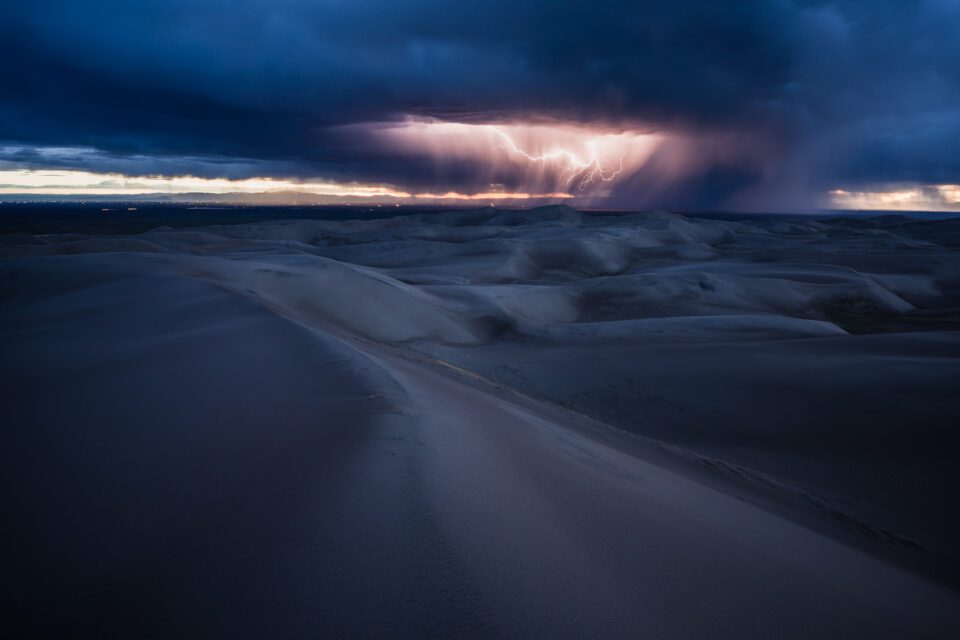
Equally a beginner photographer, you might have heard of such terms as f-stop or f-number and wondered what they really mean. In this commodity, nosotros will swoop into these in detail and talk about how to use them for your photography.
Why Discontinuity is Important
As we accept previously divers, discontinuity is basically a hole in your camera's lens that lets low-cal pass through. It's not a particularly complicated topic, merely it helps to have a good mental concept of discontinuity blades in the showtime place.
Yes, aperture blades, which are also known every bit the diaphragm in optics.
Accept a look inside your photographic camera lens. If yous smoothen a light at the proper angle, you'll see something that looks like this:
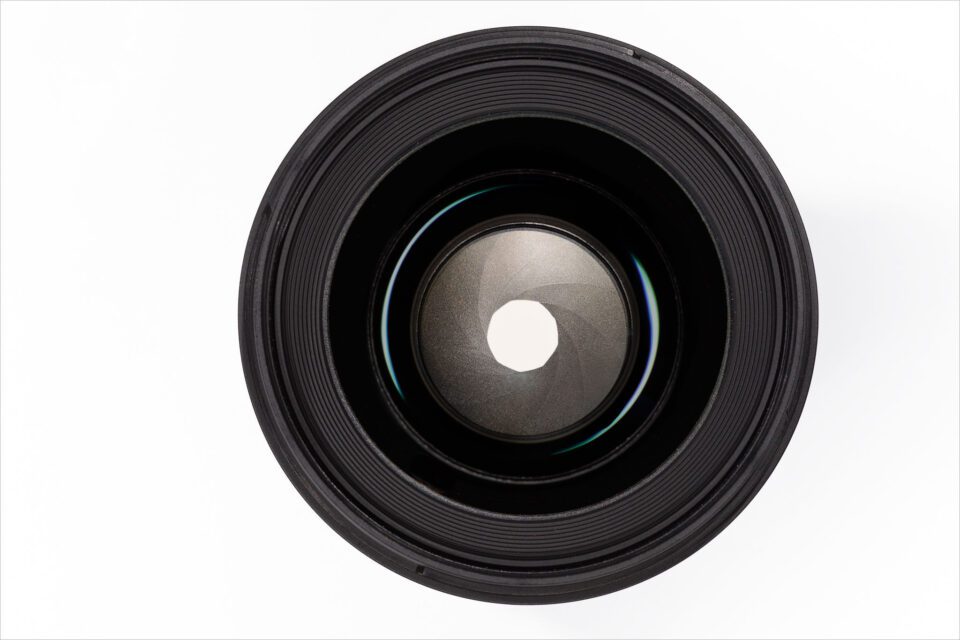
These blades form a minor hole, nearly round in shape — your aperture. They besides tin open and close, irresolute the size of the aperture.
That is an important concept! Often, you'll hear other photographers talking about large versus small apertures. They will tell you to "stop downwards" (close) or "open up" (widen) the aperture blades for a detail photo.
As you would expect, there are differences between photos taken with a big aperture versus photos taken with a pocket-size aperture. Aperture size has a direct impact on the brightness of a photograph, with larger apertures letting in more calorie-free into the photographic camera compared to smaller ones. All the same, that isn't the only thing that discontinuity affects.
The other more important affect isdepth of field – the corporeality of your photo that appears to exist sharp from front to dorsum. For example, the two illustrations below have different depths of field, depending on the size of discontinuity:
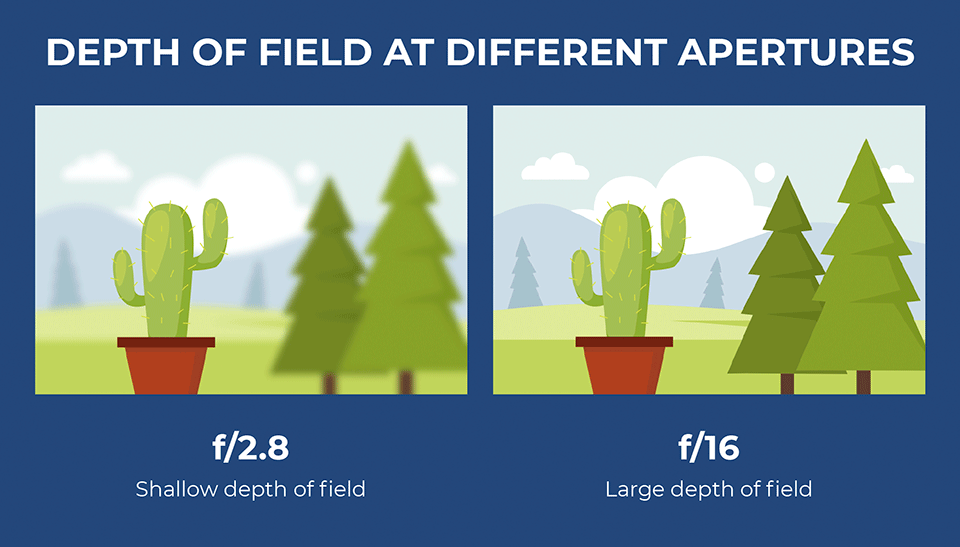
Adjusting your aperture is one of the best tools yous have to capture the correct images. You tin adjust it past entering your camera'due south aperture-priority way or transmission mode, both of which give yous gratis rein to selection whatever aperture you similar. That is why I only ever shoot in aperture-priority or transmission modes!
Before you attempt it out for yourself, though, there are a few other things you lot might desire to know.
What is F-Stop?
The f-stop, which is also known equally the f-number, is the ratio of the lens focal length to the diameter of the entrance educatee. If you did non sympathise that, don't worry, considering there is a much easier explanation of it for beginners. In very simple language, f-stop is the number that your camera shows you lot when you change the size of the lens aperture.
You might take seen this in your photographic camera before. On your camera's LCD screen or viewfinder, the f-end looks similar this: f/2.8, f/4, f/v.half dozen, f/8, f/11, and then on. Sometimes, it will exist shown without a slash in between like f2.eight, or with a majuscule "F" letter in the front end like F2.8, which means the exact same thing as f/ii.8. These are just examples of dissimilar f-stops, and yous might come across much smaller numbers similar f/1.two or much larger ones like f/64.
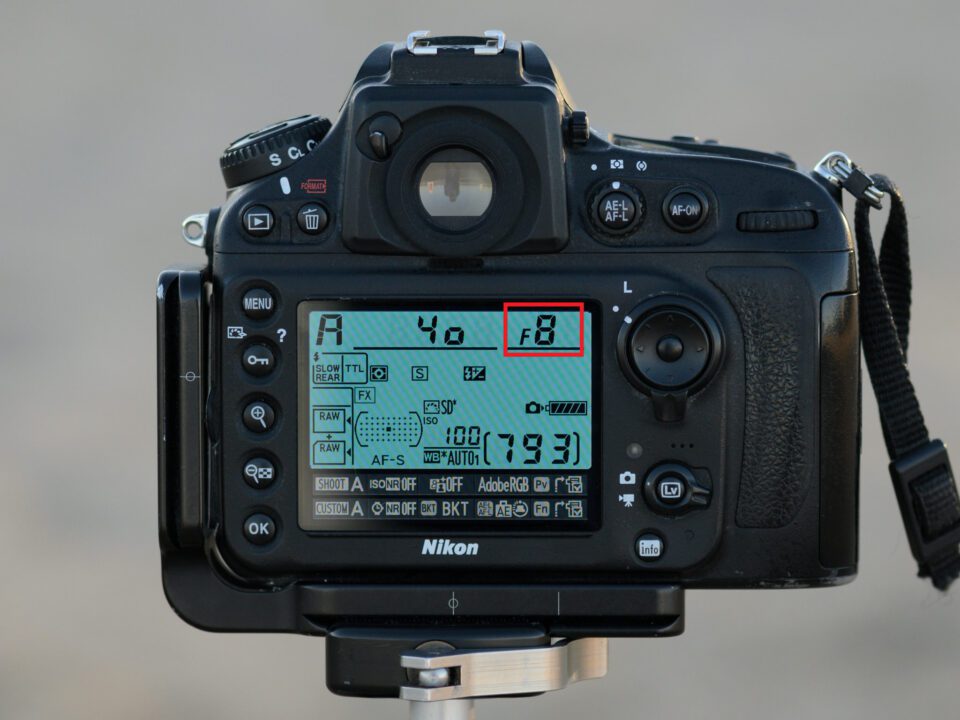
Why is Aperture Written as an f-number?
Why is your aperture written like that? What does something similar "f/viii" fifty-fifty mean? Really, this is one of the most important parts about discontinuity: information technology's written as a fraction .
You can think of an aperture of f/8 equally the fraction i/8 (one-eighth). An aperture of f/ii is equivalent to 1/ii (one-half). An aperture of f/16 is ane/16 (1-sixteenth). And and then on.
Hopefully, y'all know how fractions piece of work. 1/2 cup of sugar is much more than than i/sixteen loving cup of sugar. A one/4 pound burger is larger than a 1/10 pound slider.
By that same logic, an aperture of f/2 is much larger than an discontinuity of f/16. If you e'er read an article online that ignores this uncomplicated fact, you'll be very confused.
Popular quiz: Which discontinuity is larger — f/8 or f/22?
You already know the answer to this question, because aperture is a fraction. Clearly, 1/8 is larger than 1/22. And then, f/8 is the larger aperture.
If someone tells you to employ a large aperture, they're recommending an f-cease like f/1.4, f/ii, or f/2.8. If someone tells you to utilise a pocket-sized discontinuity, they're recommending an f-end like f/8, f/11, or f/16.
See the below diagram that shows different sizes of discontinuity to understand:
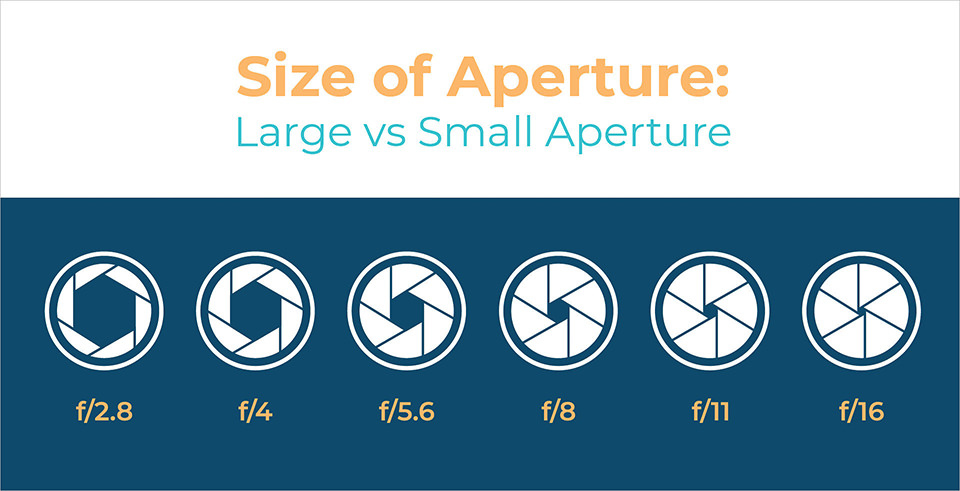
What Does the "f" Stand up For?
A lot of photographers enquire me an interesting question: What does the "f" stand for in f-stop, or in the name of aperture (like f/8)?
Quite merely, the "f" stands for "focal length". When you substitute focal length into the fraction, you're solving for thebore of the aperture blades in your lens. (Or, more accurately, the diameter that the blades appear to be when yous wait through the forepart of the lens).
For example, say that yous have an 80-200mm f/two.8 lens fully zoomed out to 80mm. If your f-finish is set up to f/four, the diameter of the aperture blades in your lens will look exactly xx millimeters across (80mm / four), whereas at f/16, the diameter will exist reduced to mere v millimeters (80mm / 16).
This is a absurd concept. It also makes it easy to visualize why an aperture of f/4 would be larger than an aperture of f/16. Physically, at f/4, your aperture blades are open much wider, equally shown beneath:

Which F-Stop Values Can You Actually Set?
Unfortunately, you lot can't simply gear up any f-stop value that y'all want. At some bespeak, the aperture blades in your lens won't exist able to close whatsoever smaller, or they won't be able to open any wider.
Typically, the "maximum" aperture of a lens, which is likewise oftentimes referred to as "wide-open" aperture, will exist something like f/ane.iv, f/i.viii, f/2, f/2.eight, f/three.v, f/4, or f/5.half-dozen.
A lot of photographers actually care about the maximum discontinuity that their lenses offer. Sometimes, they'll pay hundreds of extra dollars just to buy a lens with a maximum discontinuity of f/2.8 rather than f/four, or f/i.iv rather than f/ane.viii.
Why is large maximum discontinuity in a lens and then of import? Because a lens with a larger maximum discontinuity lets more light into the camera. For case, a lens with a maximum aperture of f/ii.8 lets in twice every bit much calorie-free when compared to a lens with a maximum aperture of f/4.0. This departure could be a big deal when shooting in low-light conditions.
Since people intendance so much nearly maximum discontinuity, photographic camera manufacturers decided to include that number in the proper noun of the lens. For case, one of my favorite lenses is the Nikon 20mm f/1.8G. The largest discontinuity it offers is f/1.8.
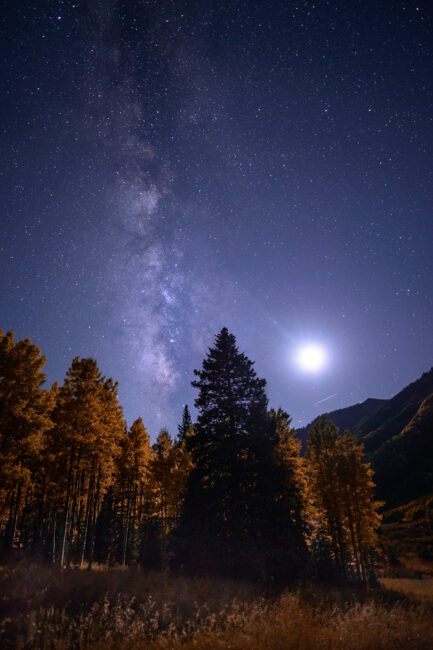
If yous have a 50mm f/1.4 lens, the largest aperture y'all tin use is f/1.4. Professional abiding aperture zoom lenses like a 24-70mm f/2.8 volition have f/two.8 every bit their maximum aperture at every focal length. Whereas cheaper consumer-form lenses such as xviii-55mm f/3.v-5.6 volition have their maximum discontinuity change depending on focal length. At 18mm, the maximum is at f/3.5, while at 55mm, it changes to f/5.6. In between is a gradual shift from one to the other.
Photographers more often than not don't care as much almost the smallest or "minimum" aperture that the lens allows, which is why manufacturers don't put that information in the name of the lens. All the same, if information technology matters to yous, you will e'er exist able to find this specification on the manufacturer'due south website. A lens's smallest discontinuity is typically something similar f/16, f/22, or f/32.
F-Terminate and Depth of Field
Along with the amount of calorie-free a lens aperture allows, information technology has one other huge effect on your photos – depth of field.
I always observe that it'southward easiest to understand depth of field past looking at photos, such as the comparison below. In this case, I used a relatively large aperture of f/iv for the photo on the left, and an incredibly small aperture of f/32 for the photo on the right. The differences should be obvious:
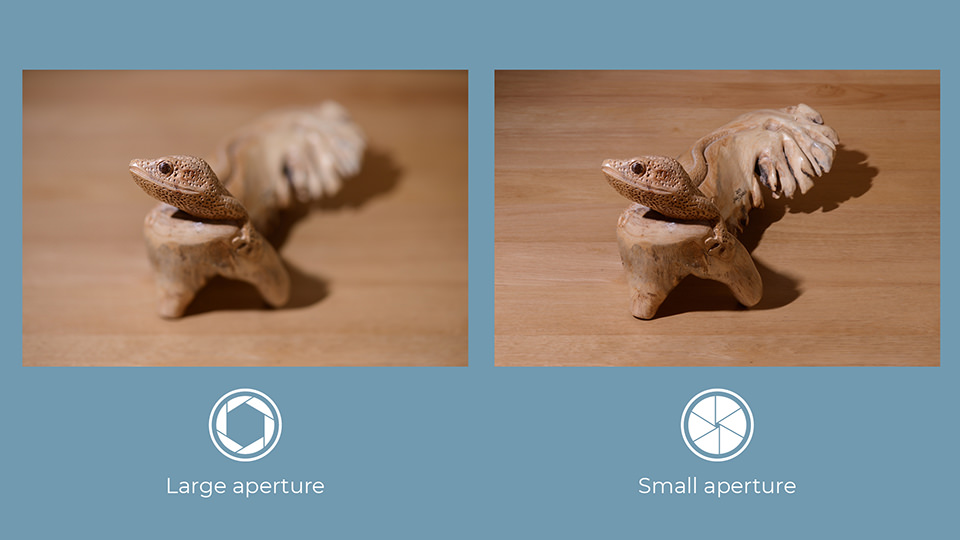
This is very interesting! As you can run across, in the f/4 photograph, just a sparse slice of the lizard's caput appears sharp. The groundwork of the photo is very blurry. This is known every bit depth of field.
You lot can retrieve of depth of field as a glass window pane that intersects with your subject.Any part of your photo that intersects with the window glass will be sharp. The thickness of the drinking glass changes depending upon your aperture. At something like f/4, the glass is relatively thin. At something like f/32, the drinking glass is very thick. Also, depth of field falls off gradually rather than dropping sharply, so the window glass analogy is definitely a simplification.
This is why portrait photographers beloved f-stops similar f/i.4, f/2, or f/2.8. They give you lot a pleasant "shallow focus" effect, where but a sparse slice of your bailiwick is sharp (such as your subject'southward eyes). You tin can see how that looks here:
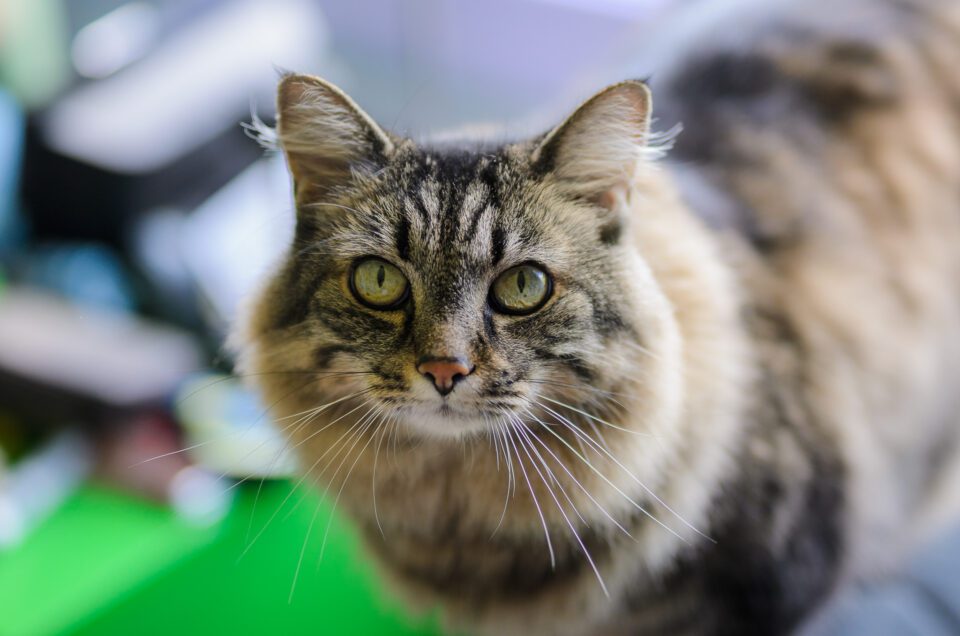
On the flip side, you should be able to come across why landscape photographers adopt using f-stops like f/eight, f/11, or f/xvi. If you desire your unabridged photo sharp out to the horizon, this is what you should utilise.
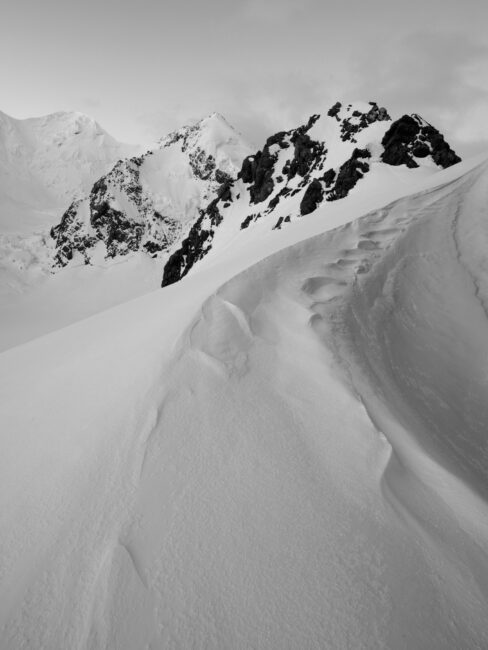
What is the Aperture Calibration?
Here'due south the aperture scale. Each stride down lets in half as much light:
- f/1.4 (very large opening of your aperture blades, lets in a lot of light)
- f/two.0 (lets in one-half as much light equally f/1.4)
- f/2.8 (lets in half every bit much light equally f/ii.0)
- f/four.0 (etc.)
- f/5.6
- f/8.0
- f/11.0
- f/sixteen.0
- f/22.0
- f/32.0 (very small aperture, lets in almost no lite)
These are the primary aperture "stops," only nigh cameras and lenses today let you set some values in betwixt, such as f/1.eight or f/3.v.
If you'd prefer to see that information in a chart, hither y'all go:
| f/i.four | f/two.0 | f/2.eight | f/iv.0 | f/5.6 | f/viii.0 | f/11.0 | f/16.0 | f/22.0 |
|---|---|---|---|---|---|---|---|---|
| Very large aperture | Big aperture | Big aperture | Moderate aperture | Moderate aperture | Moderate aperture | Small discontinuity | Small aperture | Very modest discontinuity |
| Lets in a huge amount of light | Half every bit much light | Half as much calorie-free | One-half every bit much light | Half as much low-cal (a very "medium" aperture) | One-half as much light | Half every bit much light | One-half equally much light | Half as much calorie-free (past which point your photos are very dark) |
| Very thin depth of field | Sparse depth of field | Thin depth of field | Moderately thin depth of field | Moderate depth of field | Moderately large depth of field | Large depth of field | Large depth of field | Very large depth of field |
Normally, the sharpest f-stop on a lens volition occur somewhere in the middle of this range — f/iv, f/5.6, or f/eight. Still, sharpness isn't equally important as things like depth of field, so don't be agape to set other values when you need them. In that location'due south a reason why your lens has so many possible discontinuity settings.
Other Furnishings of F-Finish
The second page of our aperture commodity dives into every single effect of aperture in your photos. Information technology includes things similar diffraction, sunstars, lens aberrations, and and then on. Still, as important as all that is, it'southward not what y'all really need to know – particularly at first.
Instead, only know that the ii biggest reasons to adjust your discontinuity are to alter brightness (exposure) and depth of field. Larn those first. They have the near obvious impact on your images, and you lot can always read most the more than small effects later.
Conclusion
Hopefully, you lot now have a good sense of f-end and the ways it affects your photos. To recap:
- F-terminate (aka f-number) is the number that y'all come across on your photographic camera or lens as you suit the size of your discontinuity.
- Since f-stops are fractions, an aperture of f/2 is much larger than an discontinuity of f/xvi.
- Just like the educatee in your eye, a big discontinuity lets in a lot of light. If it's dark out, and you don't have a tripod, you'll desire to use a big aperture, something like f/1.8 or f/3.five.
- Your lens has a maximum and minimum discontinuity that you tin can fix. For something like the Nikon 50mm f/i.8G lens, the maximum aperture is f/one.8, and the minimum aperture is f/16. Yous tin can't fix annihilation across that range.
- In add-on to the amount of light aperture passes through, information technology also affects depth of field – how much of the epitome appears to exist in focus. Large apertures similar f/1.8 accept a very thin depth of field, which is why portrait photographers similar them so much. Landscape photographers prefer using smaller apertures, similar f/eight, f/11, or f/xvi, to capture both the foreground and background of a scene every bit sharp as possible at the same time.
- There are other furnishings of aperture, besides, but exposure and depth of field are generally the most important.
That's it! If you sympathize the basic bullet points, you lot've got the nuts of f-stop and discontinuity.
Of course, putting everything into practice is another matter. Even if this entire article makes sense for now, you'll notwithstanding demand to take hundreds of photos in the field, if not thousands, before these concepts go completely intuitive.
Luckily, you have the edifice blocks. Aperture and f-end aren't complicated topics, just they tin can seem a bit counterintuitive for photographers who are just starting out. Hopefully, this article clarified some of the confusion, and you lot now accept a improve understanding of the fundamentals of aperture.
Beneath are some examples of photographs captured at different f-stops from f/2.8 to f/xvi, to requite you lot an idea of how they are used in the field:
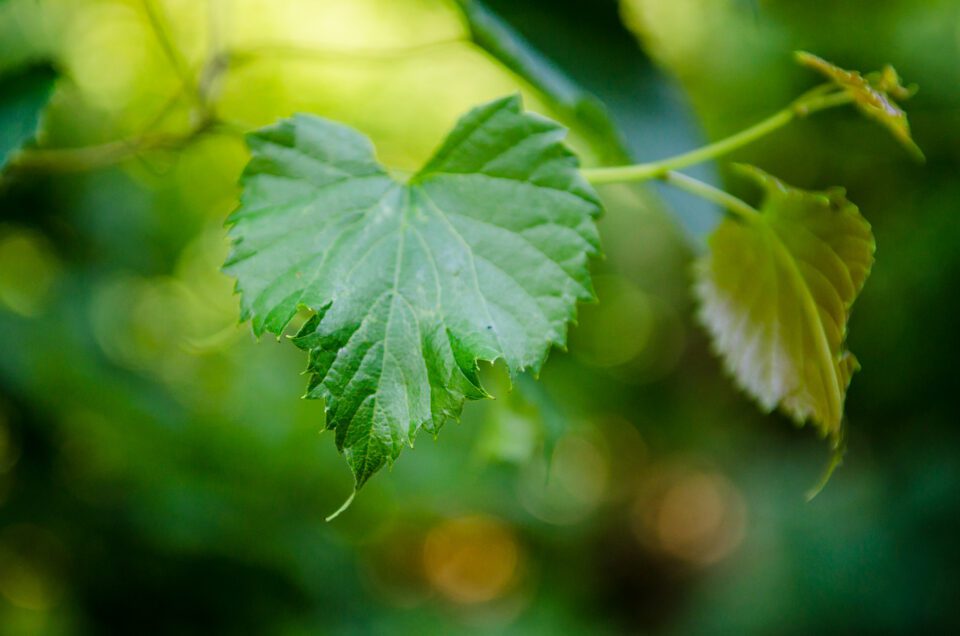
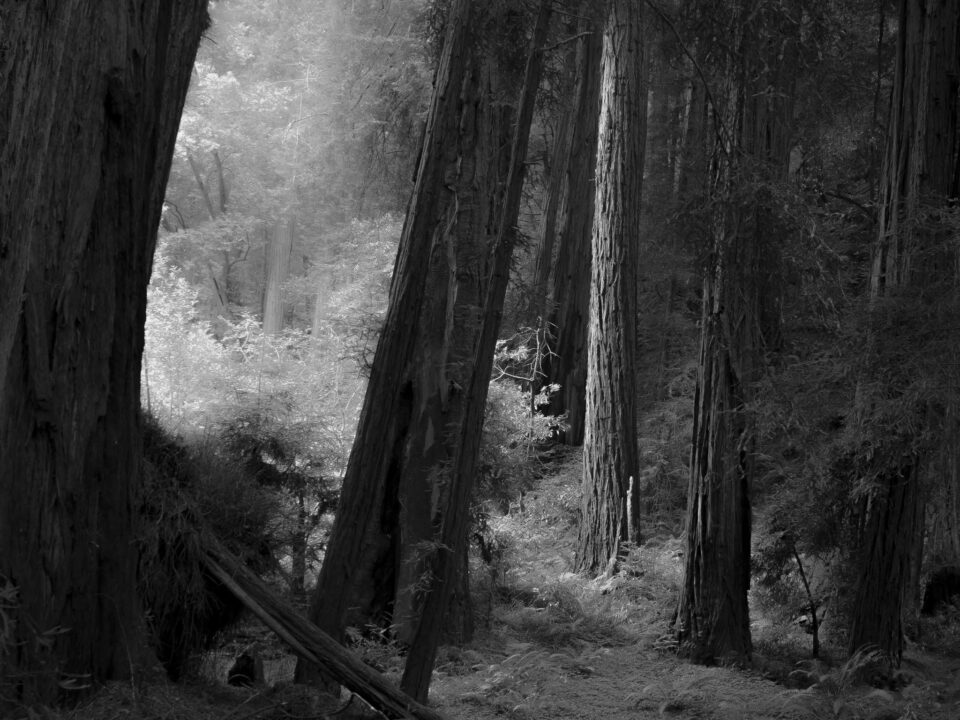
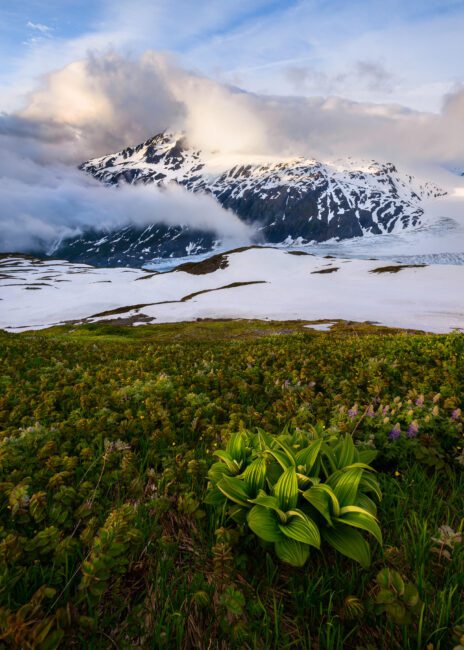
Source: https://photographylife.com/f-stop
Posted by: vasquezsomforeatty.blogspot.com


0 Response to "What Is F Stop On Camera"
Post a Comment